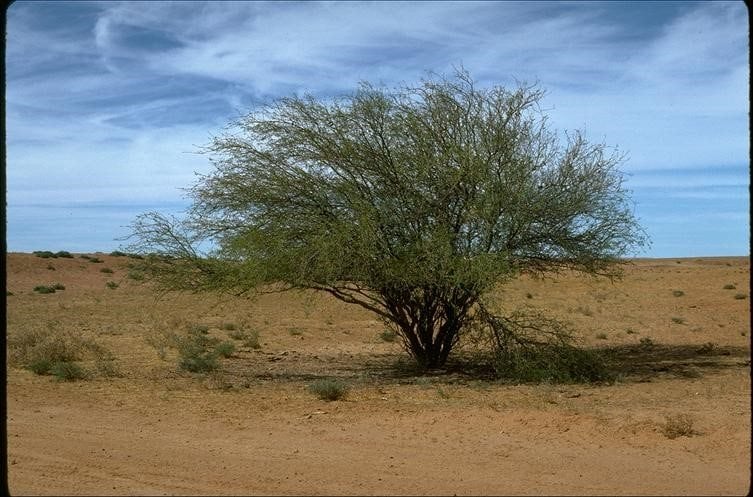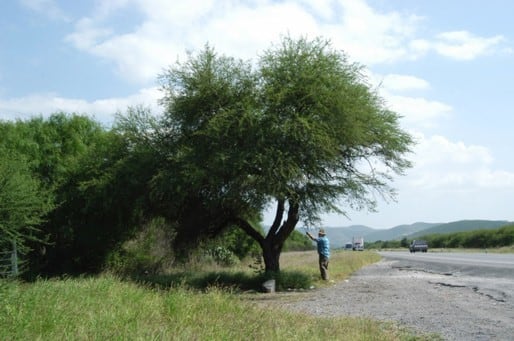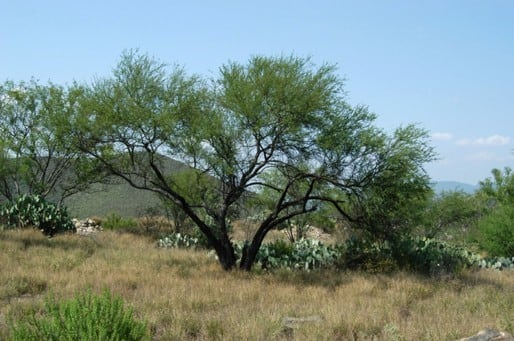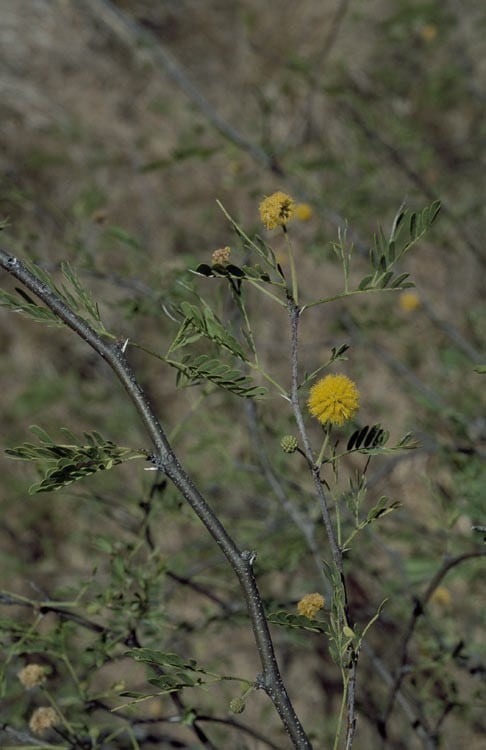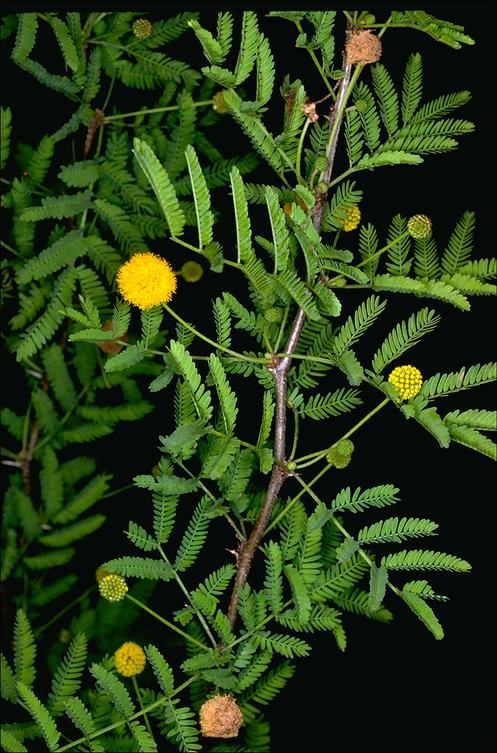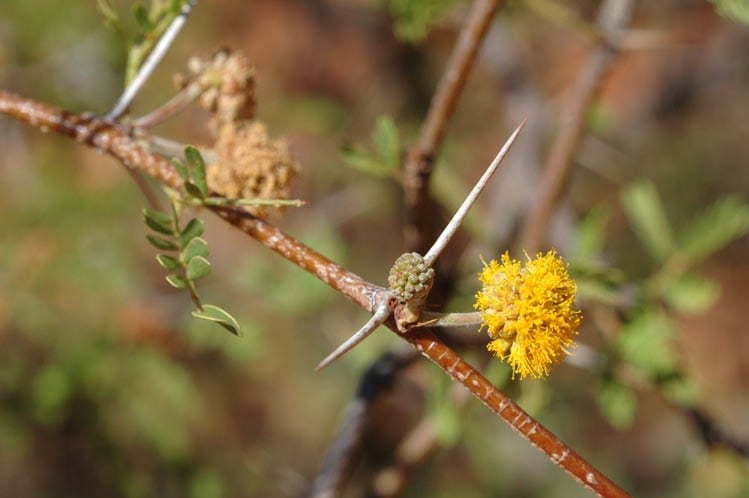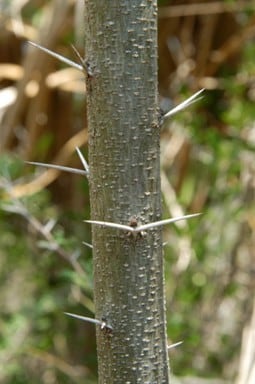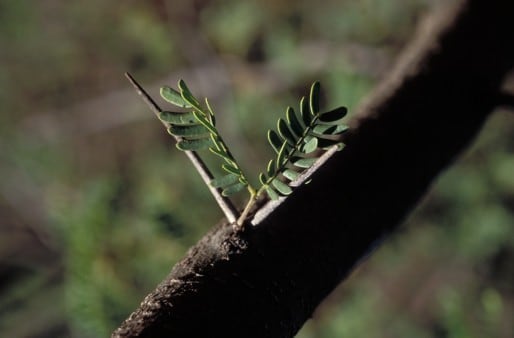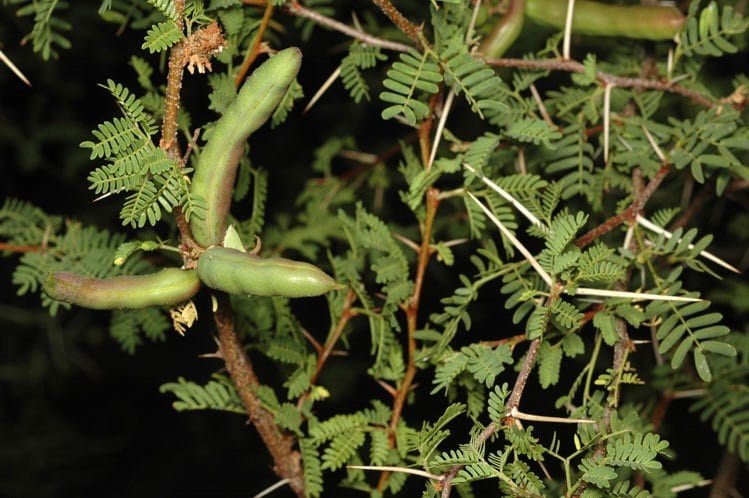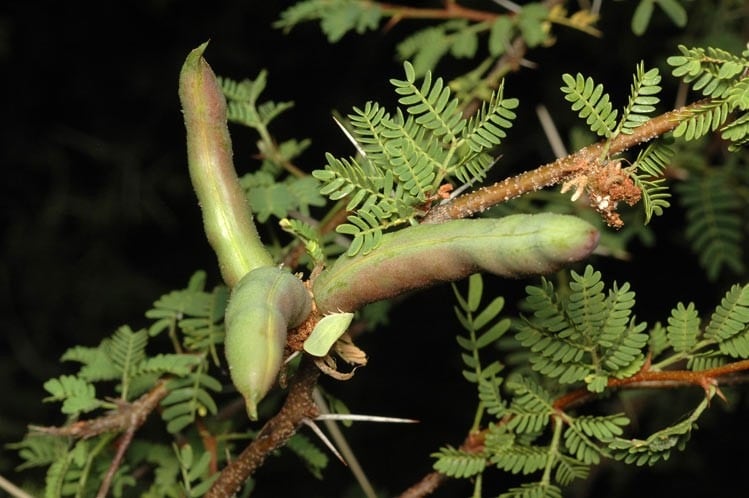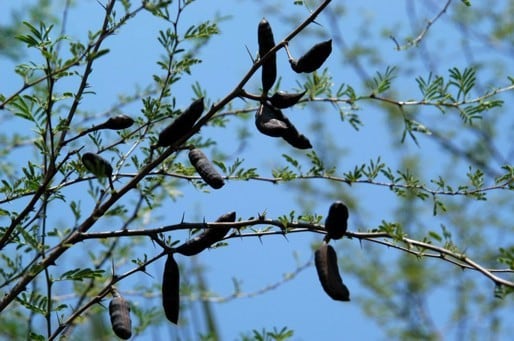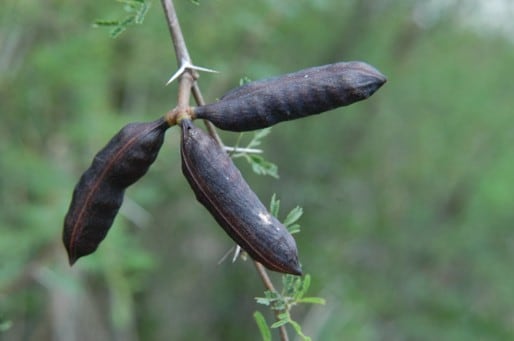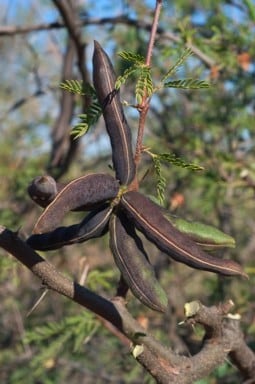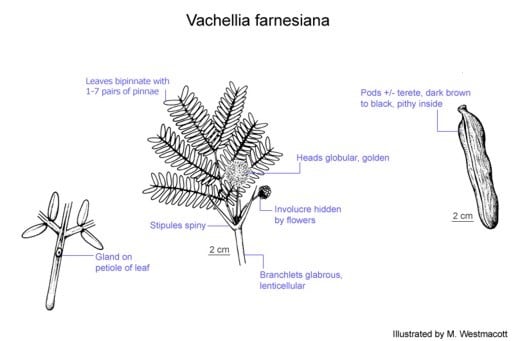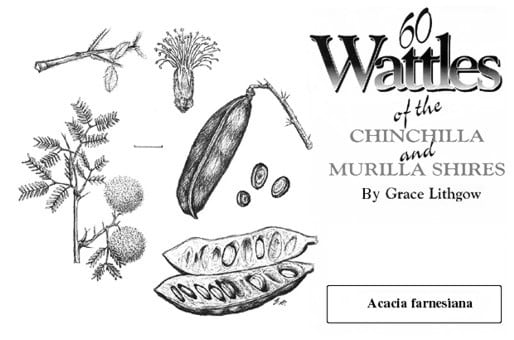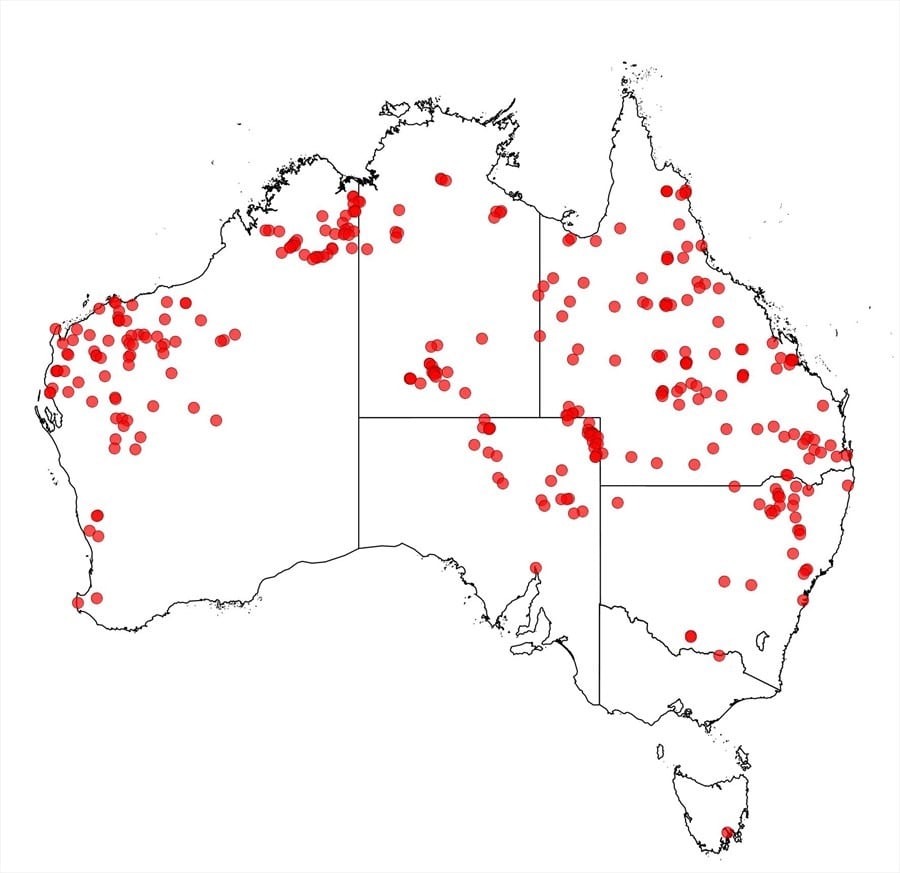Vachellia farnesiana (L.) Wight & Arn.
WATTLE
Acacias of Australia
Common Name
Cassie, Cassy, Dead Finish, Farnese Wattle, Mimosa, Mimosa Wattle, Mimosa Bush, Prickly Mimosa Bush, Prickly Moses, Needle Bush, North-west Curara, Sheep’s Briar, Sponge Wattle, Sweet Acacia, Thorny Acacia, Thorny Feather-wattle, Wild Briar
Family
Fabaceae
Distribution
Widespread throughout northern Australia (though absent from extreme north), north-eastern S.A. and the North Coast to western N.S.W. as far S as Jerilderie. This species is believed to have been introduced to Australia before European settlement, from Central America (where it is native) via the Philippines. Also found in subtropical and tropical America, Africa and Asia, often being naturalised. Vachellia farnesiana comprises three varieties, fide D.S.Seigler and J.E.Ebinger, Phytologia 87: 155–157 (2005), and while the entity found in Australia is probably referable to the typical variety this has not been verified. D.S.Seigler and J.E.Ebinger, loc. cit., provide comprehensive synonymy for this species.
Description
Rounded, often spreading, multistemmed shrub to 4 m high, occasionally a small tree to 7 m high. Bark smooth or finely fissured. Branchlets flexuose, glabrous, prominently lenticellate. Stipular spines 2–30 (–45) mm long. Leaves: petiole 0.2–2 cm long, pubescent, with a gland mostly at or above the middle; rachis 0.3–5.5 cm long, sparsely to densely pubescent especially above, sometimes with a small gland at apex, rarely with other jugary glands; pinnae 1–7 pairs, 0.7–4.2 (–5) cm long; pinnules 5–15 (–23) pairs, mostly ±narrowly oblong or slightly oblanceolate, 1.2–11.5 (–15) mm long, 0.5–2.5 (–3.5) mm wide, obtuse, ±concolorous, with prominent stomata, ciliolate mostly near base or glabrous, with midnerve and lateral nerves more visible and raised beneath. Inflorescences simple, 1–3 (–6) in axils; peduncles 3–30 (–57) mm long, with involucel of bracts at apex and hidden by flowers; heads globular, (33–) 40–95-flowered, orange-yellow to bright golden, sweetly scented. Mature pods subterete to terete, 1.5–8.5 cm long, 8–17 mm wide, turgid, dark brown to black, obliquely to longitudinally finely striate, sometimes with ridges, glabrous, indehiscent. Seeds separated by pith.
Phenology
Flowers mostly June.–Sept., however flowers irregularly throughout the year; fruits mostly Nov.–May., however may fruit throughout the year.
Habitat
Within Australia V. farnesiana scattered or forming dense thickets, in low open woodland, woodland, tall open shrubland, grassland and occasionally low open forest, in alluvial clay soils and other heavy soils as well as sandy loams, frequently on open plains, floodplains and near watercourses.
Specimens
W.A.: Upper Rudall R. area, B.R.Maslin 2085 (BRI, K, NSW, PERTH). N.T.: c. 500 m SW from the East Baines R. Crossing, Victoria Hwy, M.D.Tindale 10124 et al. (BRI, DNA, NSW). S.A.: 46.6 km from Oodnadatta towards William Ck, C.H.Gittins 2719 (NSW). Qld: 1 km from Archer Point turnoff towards Lakeland Downs on the Cooktown–Lakeland Downs road, J.R.Clarkson 5461 (BRI, DNA, K, MEL, NSW, PERTH, QRS). N.S.W.: Broke, R.Coveny 6522 & J.Powell (CANB, K, MEL, NSW, US); 33 km E from Conargo towards Jerilderie, A.Slee 2400 (BRI, CANB, MEL, NSW, PERTH).
Notes
Based on molecular and other data Acacia sens. lat. is now considered as comprising a number of segregate genera, see J.T.Miller & D.S.Seigler, Austral. Syst. Bot. 25: 217-224 (2012) for overview. Many taxa in the former Acacia subg. Acacia are now referable to the genus Vachellia, including the one presented here.
Roasted pods of V. farnesiana are eaten by Aborigines. The foliage and young, green pods are palatable to cattle and sheep. Vachellia farnesiana is a potential weed of grasslands, and according to E.Anderson, Pl. Central Queensland 26 (1993) it invades trampled areas, particularly along watercourses. Details of ecology, utilisation, etc. of V. farnesiana in Australia are given by N.Hall et al., CSIRO Forest Res. Australian Acacias No. 15 (1981). Vachellia farnesiana is favoured for its fragrant flowers and is cultivated in Mediterranean countries to manufacture perfumes.
FOA Reference
Data derived from Flora of Australia Volumes 11A (2001), 11B (2001) and 12 (1998), products of ABRS, ©Commonwealth of Australia
Author
P.G. Kodela
Editor(s) - B.R. Maslin (June 2012)
This identification key and fact sheets are available as a mobile application:
URL: https://apps.lucidcentral.org/wattle/
© Copyright 2018. All rights reserved.
